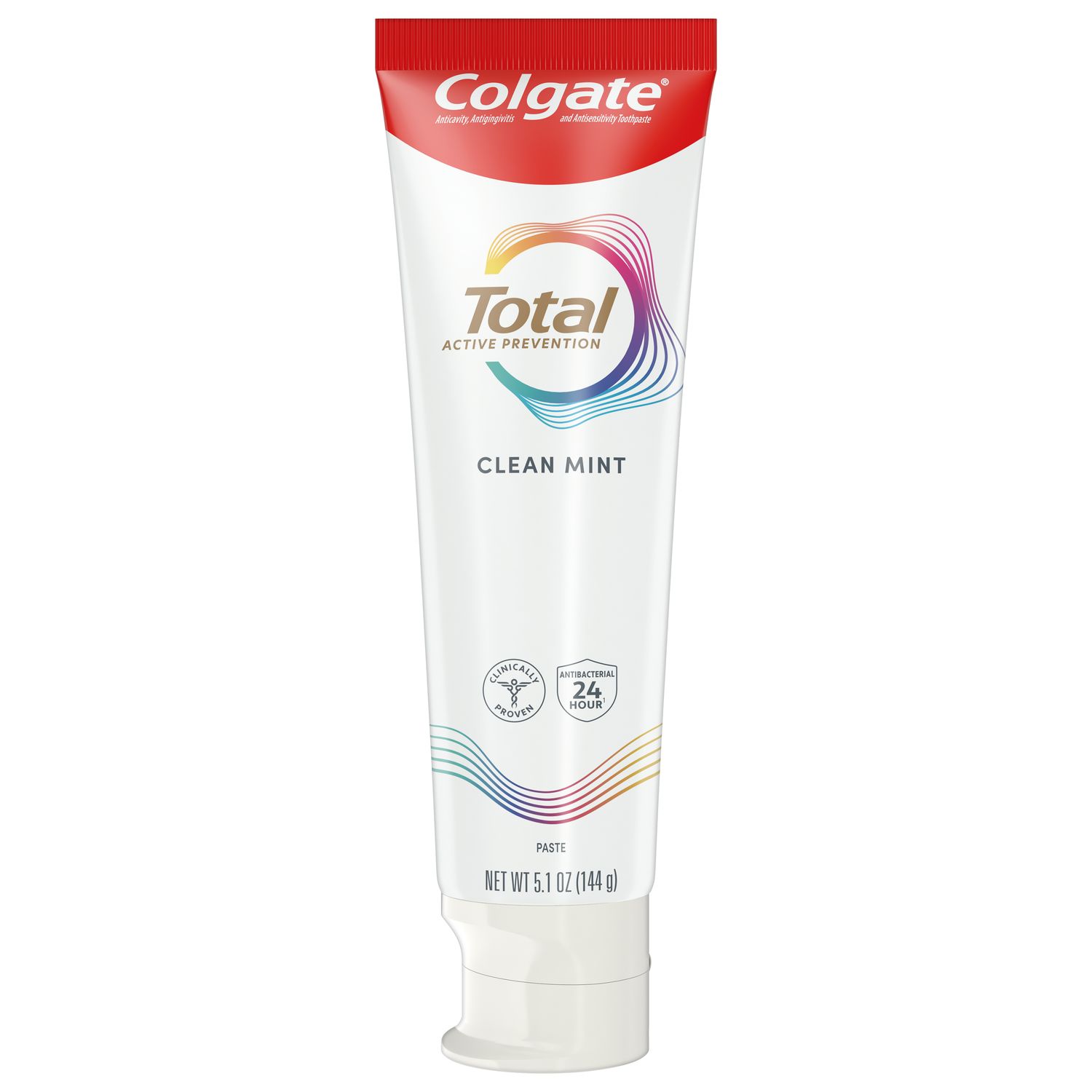
You may have heard about stem cell research on the nightly news, but did you know that your extracted wisdom teeth could help make a medical breakthrough? Dental stem cells are being investigated for multiple applications to help solve some of the biggest health issues we face today. Amazingly, these uses are not limited to the oral cavity.
What Exactly Are Stem Cells?
Stem cells differ from other kinds of cells in the body. All stem cells—regardless of their source—have three general properties: they are capable of dividing and renewing themselves for long periods; they are unspecialized; and they can give rise to specialized cell types.
Unfortunately, some controversy surrounds the use of stem cells for research. Stem cells can come from multiple sources: embryonic tissue and postnatal tissue. When embryonic cells are used, they are isolated from developing fetal tissue. When postnatal cells are used, they are typically referred to as adult stem cells and come from a fully developed animal or human child or adult. Stems cells from oral tissues are always adult stem cells and are often donated by living adults for their own use from their own extracted teeth or oral tissue.
What Is So Unique About Dental Stem Cells?
According to the Journal of Natural Science, Biology and Medicine, the stem cells that come from oral tissues are ideal for use in research since they are readily accessible and can be harvested noninvasively. These cells have the potential to be used in multiple clinical applications, such as regenerative dentistry.
As explained in the Journal of Tissue Engineering, dental stem cells can be obtained from a number of oral tissues, including the craniofacial bones, periodontal ligament, dental pulp, tooth germ, dental follicle, oral mucosa, apical papilla, gingiva and periosteum. The easiest sources from which to obtain these cells are the pulp of exfoliated deciduous teeth and extracted wisdom teeth. Your patients may be excited to learn that if they lose a tooth and it is donated to research, it may potentially help with the development of treatments for others with debilitating diseases.
Potential Uses for Dental Stem Cells
One of the most impressive qualities of dental stem cells is their wide variety of potential applications. In in vitro studies, these cells were found to create dentin-like structures and to differentiate into osteoblast-like cells that built bone, leading to research surrounding regeneration of dental tissues.
Additionally, stem cells' versatility makes them promising for treating degenerative conditions, such as stroke, Alzheimer's disease, multiple sclerosis, Parkinson's disease, cirrhosis, arthritis, cardiac defects and spinal cord injuries. Stem cell-grown pancreatic cells may even be able to produce insulin and reverse hyperglycemia in patient who have diabetes. All of this potentially from a tooth!
Takeaways
- Stem cells are different from most body cells because they can form multiple types of tissues.
- Stems cells from oral tissues are easy to obtain and can come from extracted teeth.
- There are many potential medical and dental uses for dental stem cells.
Why It's Important
Keeping up with research on dental innovations and research can help you stay informed and be a source of knowledge for your patients. Someday, you may even help them contribute to science and medicine by donating a lost tooth.
Join us
Get resources, products and helpful information to give your patients a healthier future.
Join us
Get resources, products and helpful information to give your patients a healthier future.













